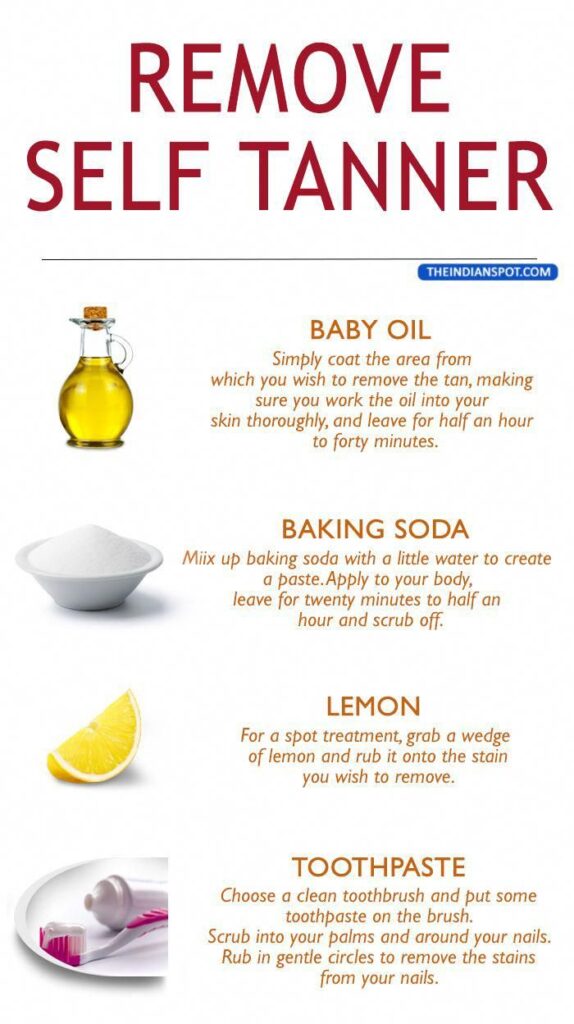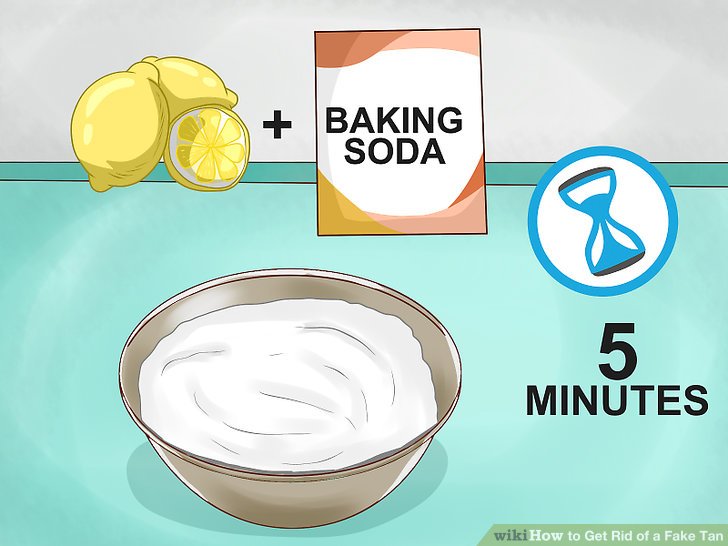Contents
Introduction
Getting a tan is often seen as a sign of beauty and health, but there are times when we want to remove it. Whether it’s due to an uneven tan or simply wanting to revert back to our natural skin tone, understanding the methods for tan removal is essential. In this article, we will explore various techniques, from natural remedies to professional treatments, and discuss the importance of protective measures and prevention.
Historical Background
Tanning has a rich historical significance, with cultural perceptions varying throughout time. In ancient civilizations, a tan was associated with the working class, while pale skin was a symbol of nobility. Historical methods to get rid of tan included the use of natural ingredients like milk or honey, as well as abrasive substances like sand. These practices have evolved over time, leading to the development of more advanced techniques today.

Key Concepts and Definitions
To effectively remove a tan, it’s important to understand what tan is and how it occurs. Tan is the darkening of the skin due to increased production of melanin, a pigment responsible for skin color. Differentiating between a temporary tan, which fades over time, and a permanent tan, which requires more targeted treatment, is crucial. Understanding skin pigmentation and its relation to tanning helps us grasp the complexity of tan removal.
Main Discussion Points
Natural Remedies for Tan Removal
Exfoliation is a key natural remedy for tan removal. By removing dead skin cells, exfoliation helps fade the tan and reveal brighter skin. Techniques such as dry brushing or using exfoliating gloves, combined with recommended products like sugar scrubs or loofahs, can yield effective results. Additionally, natural skin masks enriched with ingredients like turmeric or gram flour can be applied to the skin to reduce tan. These masks, when used regularly, can improve skin tone and texture. Home remedies like lemon juice, tomato paste, and yogurt have also shown potential in lightening tan, although results may vary.
Professional Treatments and Products
For those seeking more immediate and intensive tan removal, professional treatments are available. Chemical peels are commonly used to remove tan by exfoliating the skin’s top layer. Different types of chemical peels, such as glycolic acid or salicylic acid peels, offer varying degrees of effectiveness. Microdermabrasion is another popular treatment that involves mechanical exfoliation to remove the outermost layer of skin. While effective in tan removal, it is essential to understand potential risks associated with these treatments. Skin lightening creams and lotions can also be used under professional guidance to reduce tan, but cautionary measures should be taken to avoid adverse effects.

Protective Measures and Prevention
Preventing tan in the first place is an important aspect of maintaining healthy skin. Applying sunscreen with a recommended SPF level and reapplying it regularly is an essential protective measure. Additionally, wearing protective clothing made of materials with a high ultraviolet protection factor (UPF) can shield the skin from harmful UV rays. Avoiding peak sun hours, typically between 10 am and 4 pm, can also significantly minimize sun exposure and subsequent tanning.
Case Studies or Examples
Real-life stories of individuals successfully getting rid of their tan can provide valuable insights. These examples often highlight the methods and techniques used by individuals to achieve tan removal. From consistent use of natural remedies to seeking professional treatments, these success stories inspire others to find the most suitable approach for their own tan removal journey.
Current Trends or Developments
Advancements in tan removal technology and products continue to emerge. Laser treatments and intense pulsed light (IPL) therapy are gaining popularity as effective methods for tan removal. These treatments target melanin in the skin to fade the tan and provide long-lasting results. Furthermore, recent research findings and studies shed light on innovative techniques, such as nanotechnology-based formulations or targeted gene therapy, offering promising avenues for future tan removal methods.
Challenges or Controversies
While tan removal methods can be effective, it is important to address potential risks or side effects associated with certain techniques. Chemical peels and microdermabrasion, when not performed correctly or by inexperienced individuals, can lead to skin irritations or discoloration. It’s crucial to consult professionals and follow proper guidelines to ensure safe and effective tan removal. Additionally, differing viewpoints exist on the use of skin lightening products, with debates surrounding their potential long-term effects on skin health and perpetuation of harmful beauty standards.

Future Outlook
As society continues to evolve, cultural shifts may impact the perception of tanning and the desire for tan removal. With increasing awareness of skin health and the importance of embracing natural skin tones, future advancements may focus on enhancing overall skin health rather than solely removing tan. Potential trends include personalized skincare routines, incorporating technology for precise analysis of skin conditions, and the development of sustainable and eco-friendly tan removal products.
Conclusion
In conclusion, understanding the methods and techniques for tan removal is essential for those seeking to revert back to their natural skin tone. From natural remedies to professional treatments, a range of options exist to suit individual preferences and needs. By adopting protective measures and prevention strategies, we can minimize the need for tan removal in the first place. Embracing diverse beauty standards and prioritizing skin health will shape the future of tan removal techniques.
